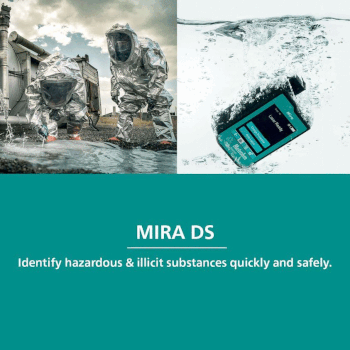Enzymic Transformations of Blackcurrant Oil: Enrichment with g-Linolenic Acid and a-Linolenic Acid
Abstract
The ability of enzymes to mediate some transformations of blackcurrant oil was described and evaluated. Four commercially available lipases, both in their free and immobilized forms were selected for the investigation. The selected enzymes were the lipases from Candida cylindracea, Mucor miehei, Pseudomonas cepacia and Pseudomonas fluorescens. Two target enzymic processes were investigated: (a) Enzymic hydrolysis of blackcurrant oil was studied and potential selectivity was evaluated of several commercially available lipases to discriminate polyunsaturated fatty acids, namely a-linolenic acid and g-linolenic acid in products under mild conditions. Two modifications of the process were used, of which employing aqueous media gave a higher enrichment in g-linolenic acid in the obtained mono- and diacylglycerols (up to 16.8 %of g-linolenic acid). (b) Enzymic esterification of fatty acids obtained by chemical hydrolysis of blackcurrant oil was studied and evaluated to find commercially available enzyme(s) capable of mediating similar discrimination to that under (a). Two modifications of the process were again used: Enrichment with g-linolenic acid up to 20 % was achieved under conventional heating, and up to 30 % under microwave irradiation. The methods employed were compared.Downloads
Published
2003-05-15
How to Cite
Zarevucka, M., Vacek, M., Wimmer, Z., Stranska, K., Koutek, B., & Demnerova, K. (2003). Enzymic Transformations of Blackcurrant Oil: Enrichment with g-Linolenic Acid and a-Linolenic Acid. Chemické Listy, 97(4). Retrieved from http://www-.chemicke-listy.cz/ojs3/index.php/chemicke-listy/article/view/2240
Issue
Section
Articles




